Got 15 minutes? Then you have enough time to make lip balm for yourself and 10 friends. It's super easy and makes a great little gift.
You will need:
1 tablespoon of coconut oil
2 tablespoons of olive oil
1 tablespoon plus 1 1/2 teaspoons of beeswax pastilles
10 drops sweet orange essential oil
5 drops lavender oil
Place into a heatproof container (I like to use a Pyrex measuring cup), and place that container into a pot of water on the stovetop. (You've created a double boiler here! This is to keep your ingredients from scorching when exposed to the heat)
Turn the heat on and bring the water to a simmer. The wax and coconut oil will melt together into a lovely golden liquid.
Remove from heat and stir in the essential oils.
Pour into individual lip balm tubes.
Let cool and label.
Then you can keep them all for yourself or share with your friends.
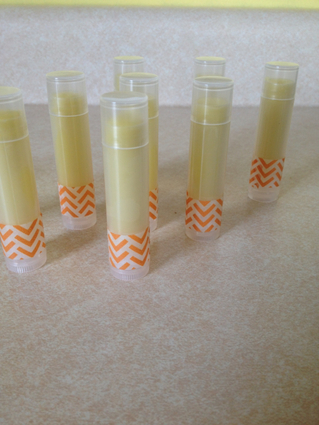
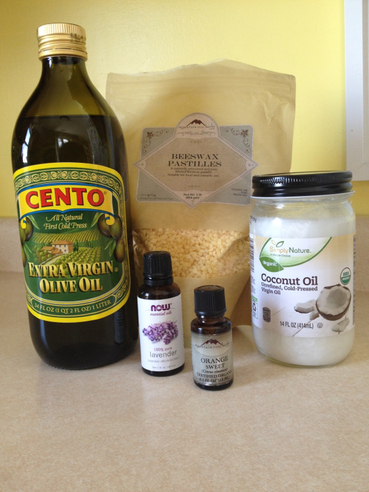
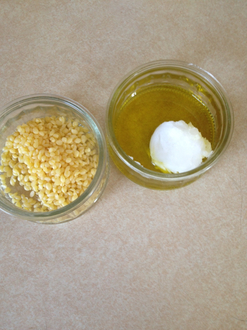
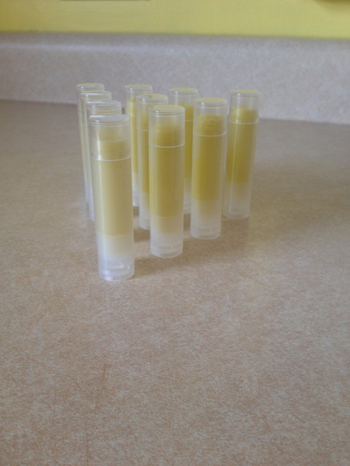
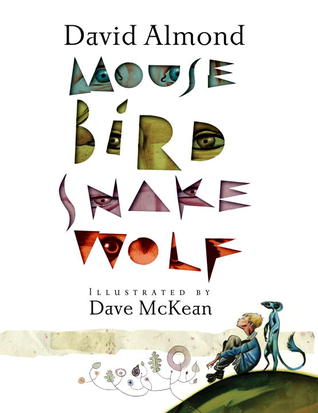
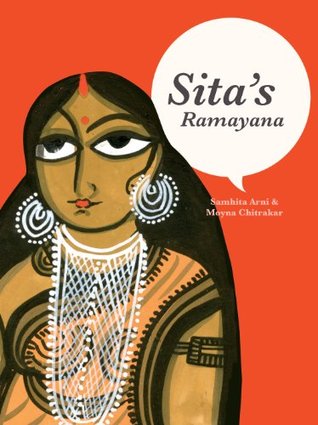
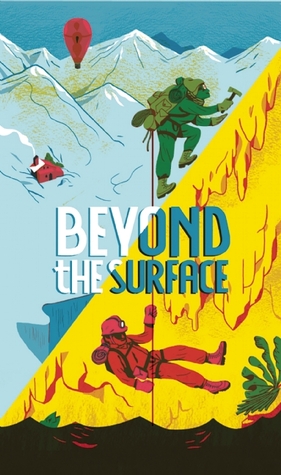
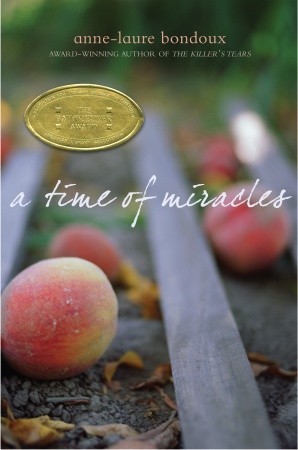
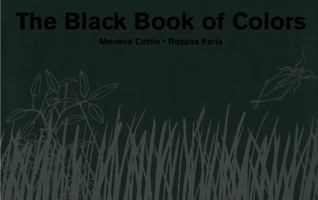
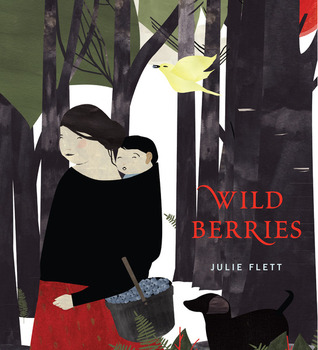
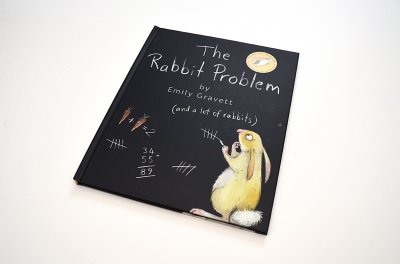
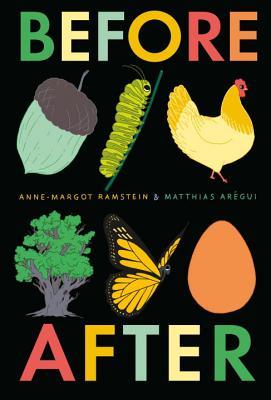
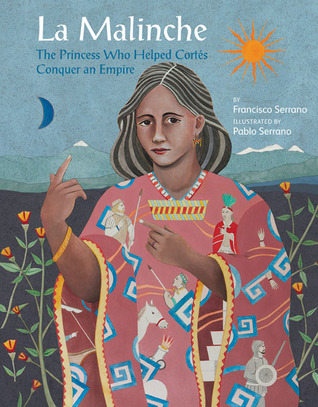
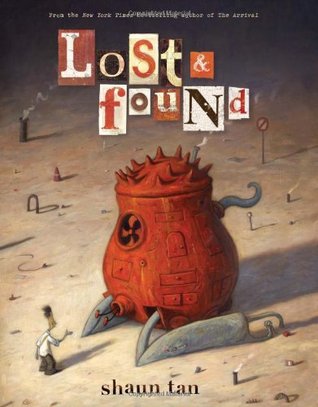
 RSS Feed
RSS Feed